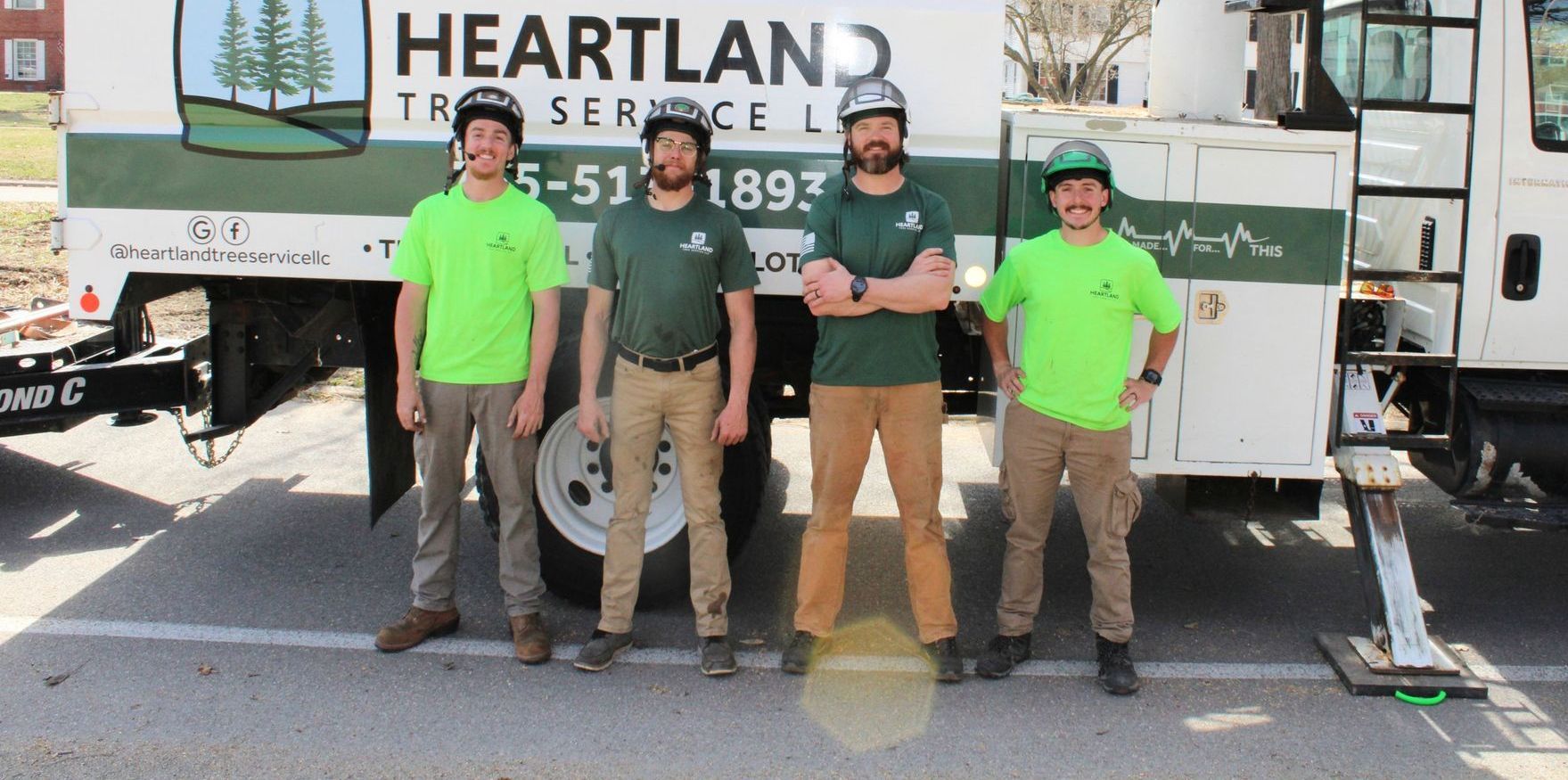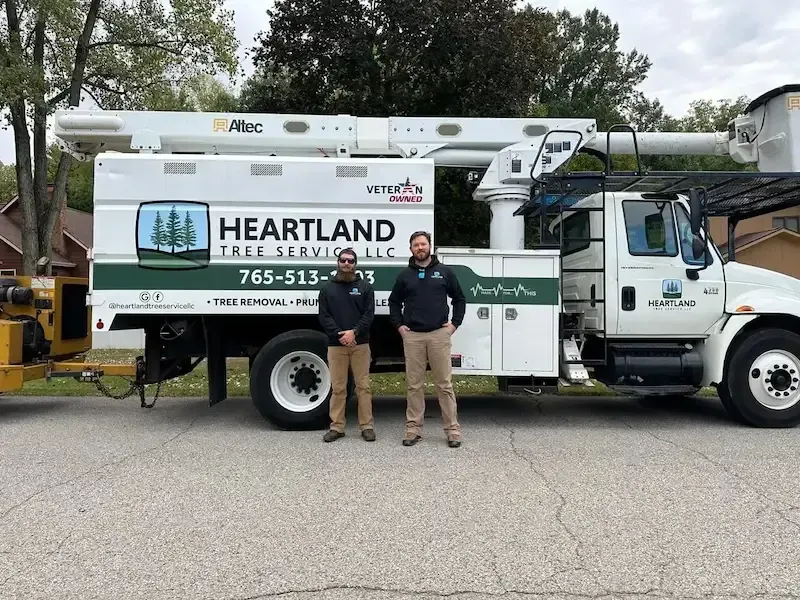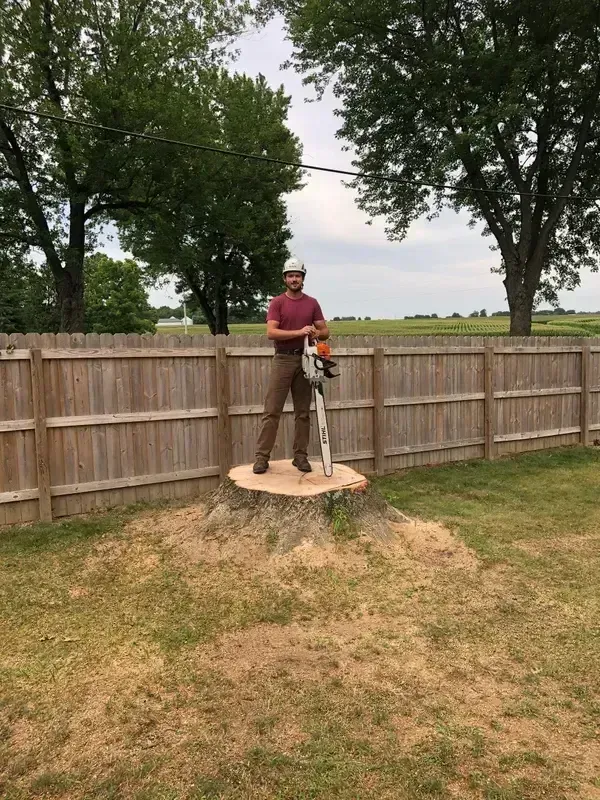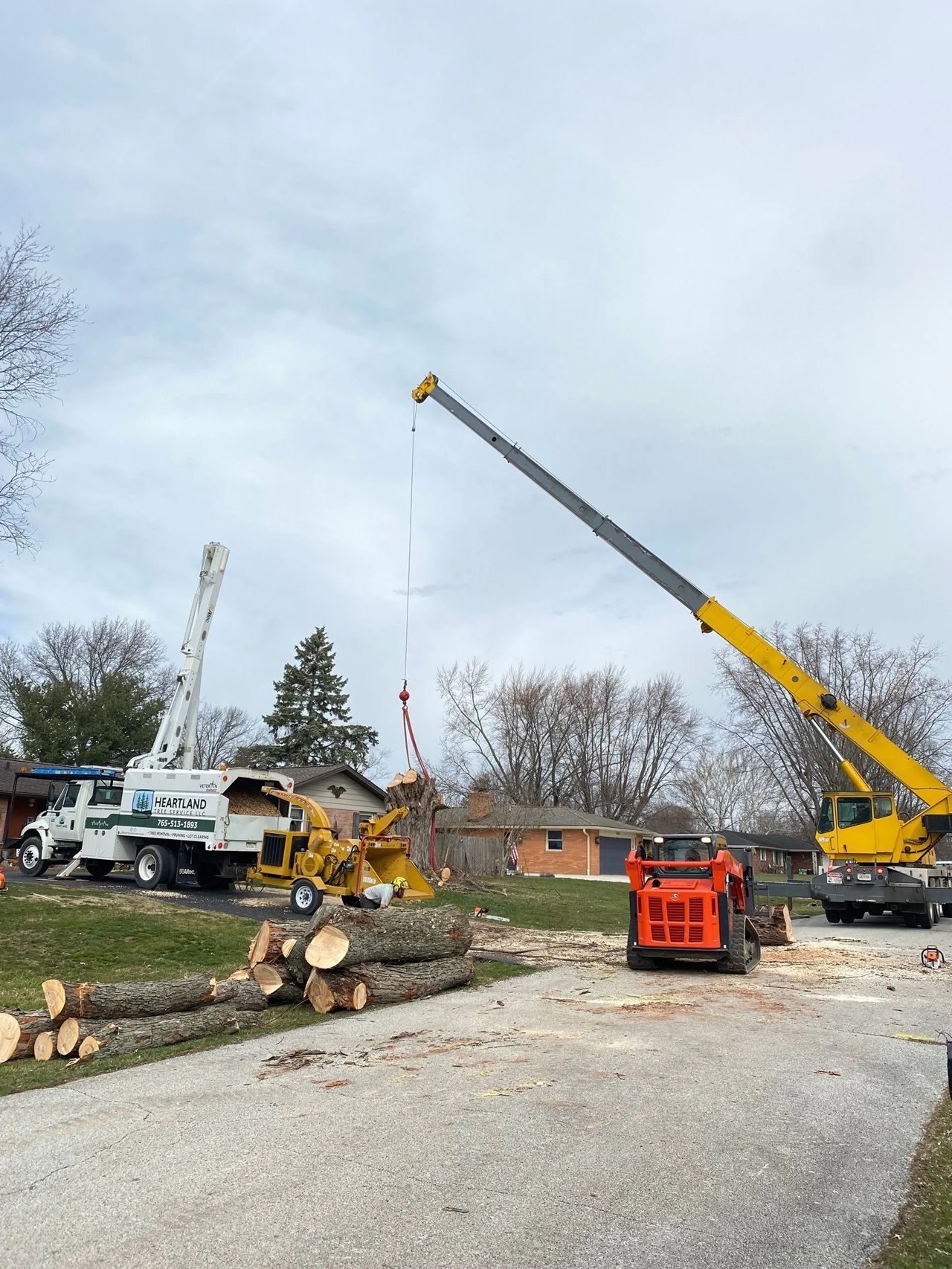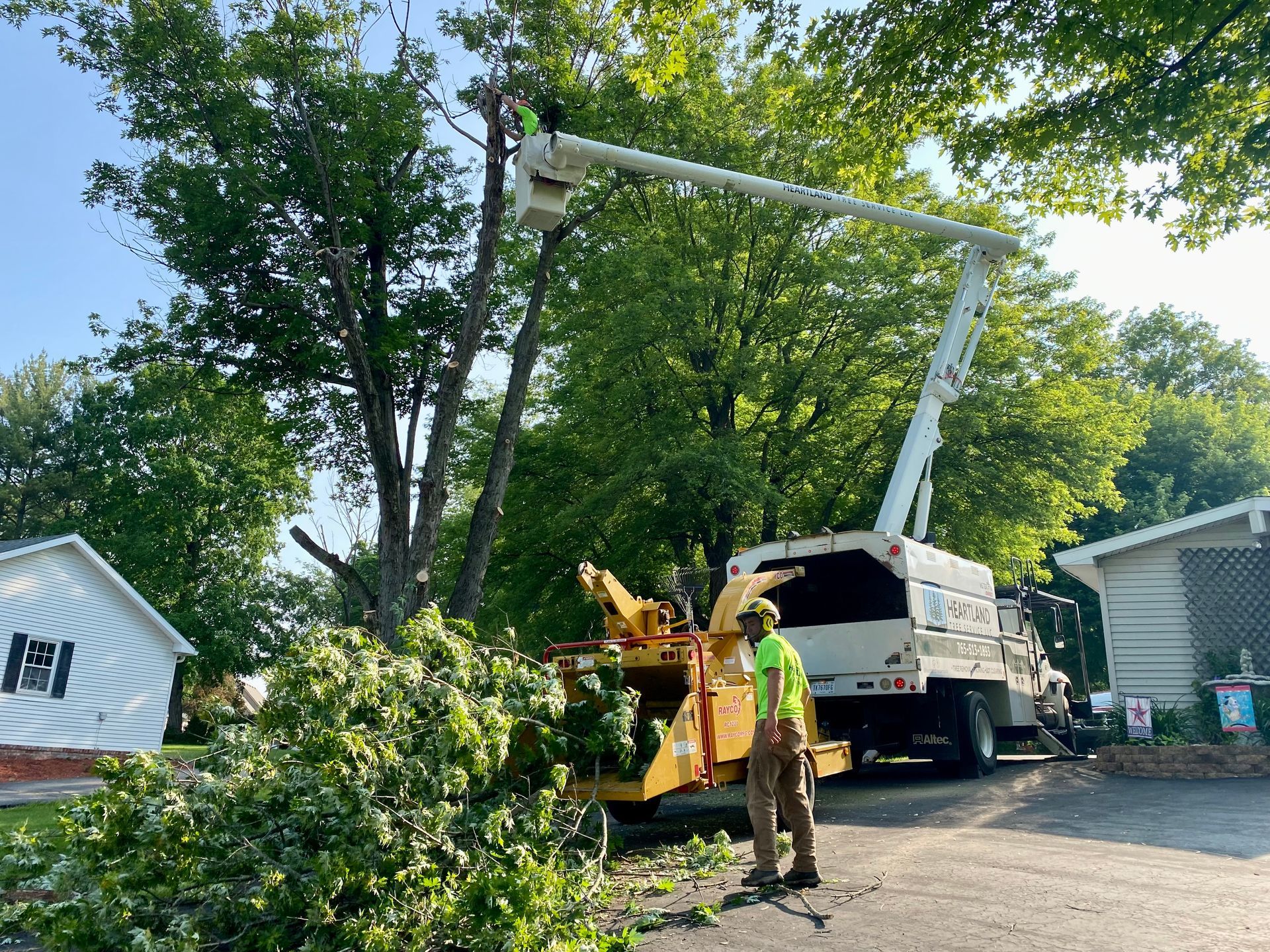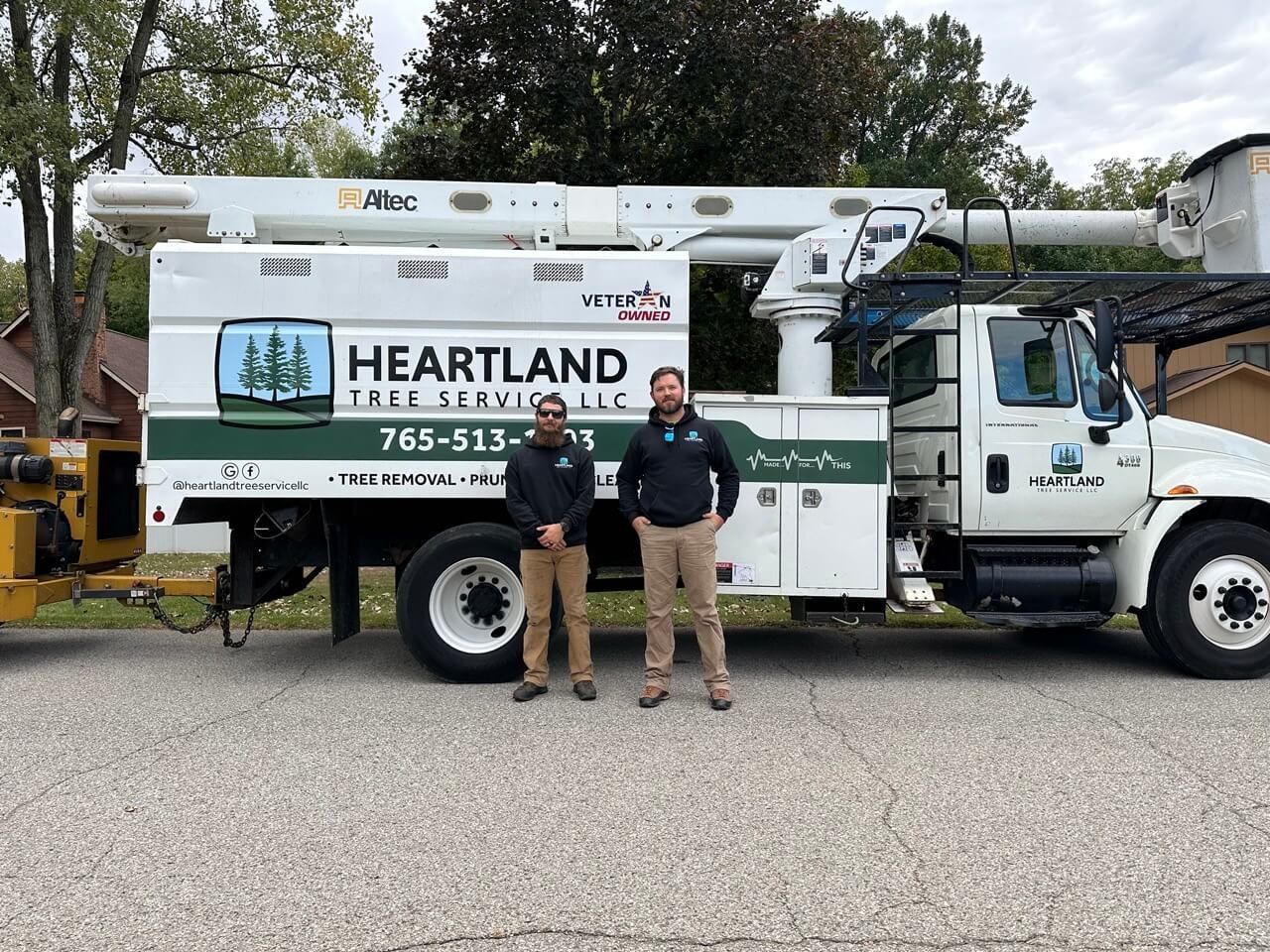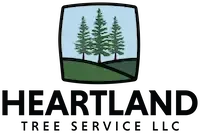Emergency tree removal process typically occurs when a tree or its broken branches pose an immediate threat to life, property, or essential services due to storm damage, disease, or structural failure. The process begins with a rapid assessment of the situation to identify immediate safety hazards, such as fallen power lines, unstable limbs, or compromised structures. Professional tree removal services prioritize securing the area to prevent further injury or damage, often involving cordoning off the affected zone and ensuring no one is in harm's way.
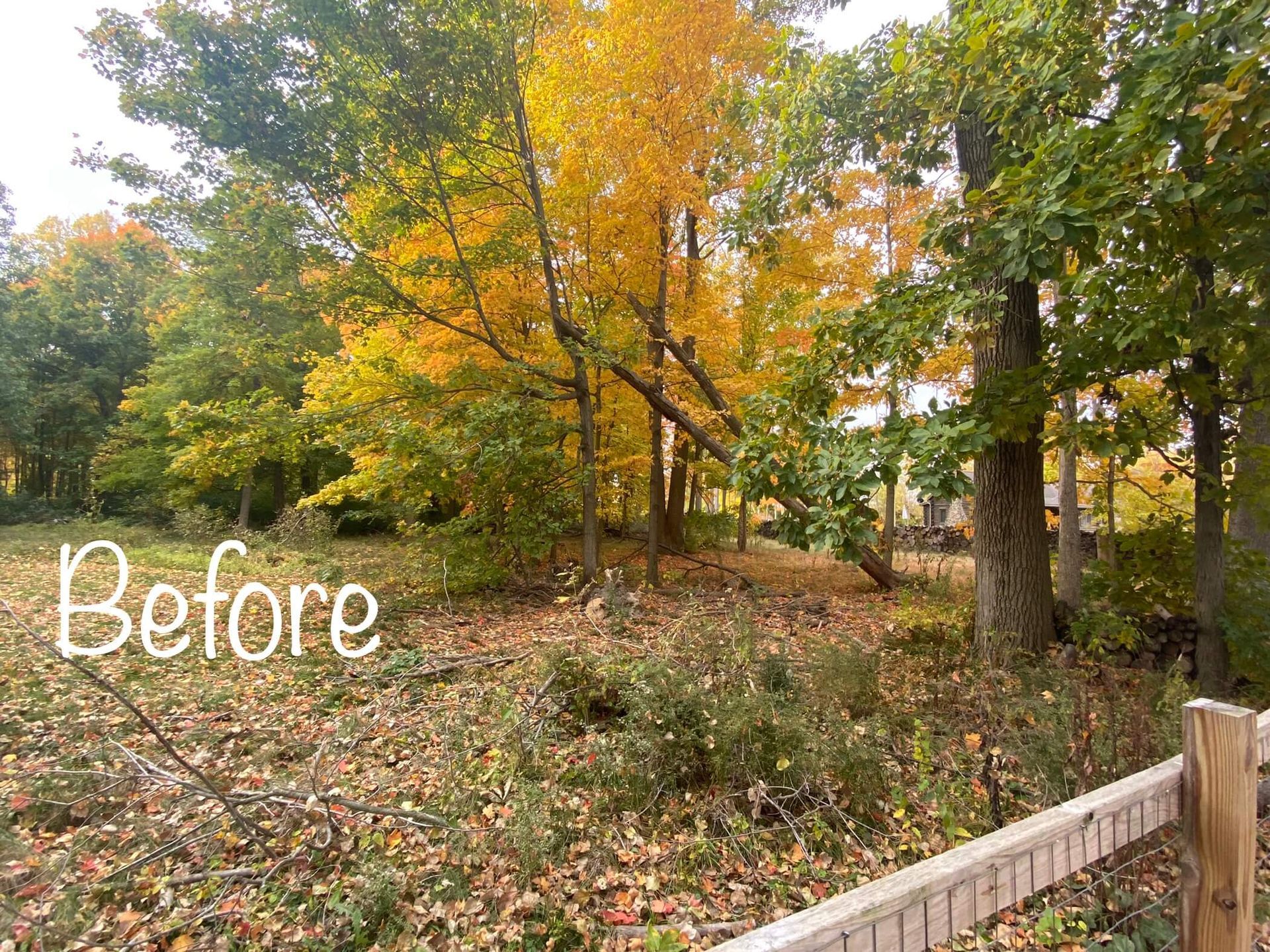
Specialized equipment, including cranes, chainsaws, and chippers, are then used to carefully dismantle and remove the tree or its hazardous parts. Safety precautions are paramount throughout the operation, with arborists employing personal protective equipment (PPE) and adhering to strictly ensure safety standards to immediate risks. This includes assessing the tree's lean, potential fall zones, and the presence of utilities before any cutting begins.
Finally, understanding insurance coverage is crucial, as many homeowner's policies may cover emergency tree removal if the tree damages a covered structure or blocks a driveway, though coverage limits and deductibles apply. It's advisable to document the damage with photos and contact your insurance provider promptly to understand your specific policy's provisions.
Early Signs You Need Emergency Tree Removal
Recognizing the signs that a tree is in distress can be crucial for property owners. Early detection of tree issues and clear indicators like significant leaning, large dead branches, leaning tree, hanging branches, cracks in the trunk, or fungal growth at the base can prevent a minor problem from escalating into a major safety hazard, especially during severe weather events.
Many factors, including tree species, age, health, and environmental conditions, contribute to the likelihood of a tree becoming an emergency. Proactive assessment allows for timely intervention, such as professional pruning or removal, which safeguards structures, vehicles, and people from falling limbs or entire tree collapses. Understanding emergency tree removal, the potential risks of summer storms and taking appropriate safety precautions for fallen trees, such as maintaining a safe distance from compromised trees and contacting certified arborists, is paramount.
Furthermore, knowing the specifics of your homeowner's insurance coverage regarding tree damage, including whether it covers removal, property damage, or damage to neighboring properties, can significantly impact your financial preparedness in the event of a tree emergency tree removal services.
Local homeowners in Kokomo often send photos to Heartland Tree Services for a free risk check. A certified arborist looks for:
| Warning Sign | Why It Matters |
|---|---|
| Broken tree or hanging limbs | They can fall without notice, causing personal injury. |
| Fresh trunk splits | The tree may fail along the crack during the high wind gust. |
| Heaving soil or exposed roots | Indicates the entire tree could topple. |
| Branches over power lines | Risk of fire or neighborhood blackout. |
The arborist scores each hazard, then advises removal if the tree poses significant risk. Acting fast keeps a minor issue from turning into severe damage.
First Response: Certified Arborists Secure the Site
Once you approve the quote, the crew arrives in marked trucks often the same day. They block off the work zone with cones and tape. A lead climber walks the site with you, pointing out potential hazards like gas meters, sheds, or children’s play sets.
Key first-response:
- Utility check – The team calls the utility company if limbs rest on live lines.
- Gear setup – Ropes, pulleys, and a lightweight crane position over the leaning trunk.
- Escape paths – Workers clear two exit lanes in case the tree shifts.
- Communication – Hand signals and radios keep every move clear.
Securing the scene may feel slow, yet these minutes prevent further damage and ensure safety and prevent potential risks for neighbors and pets.
The Safe Removal Stage: Rigging, Cutting, Lowering
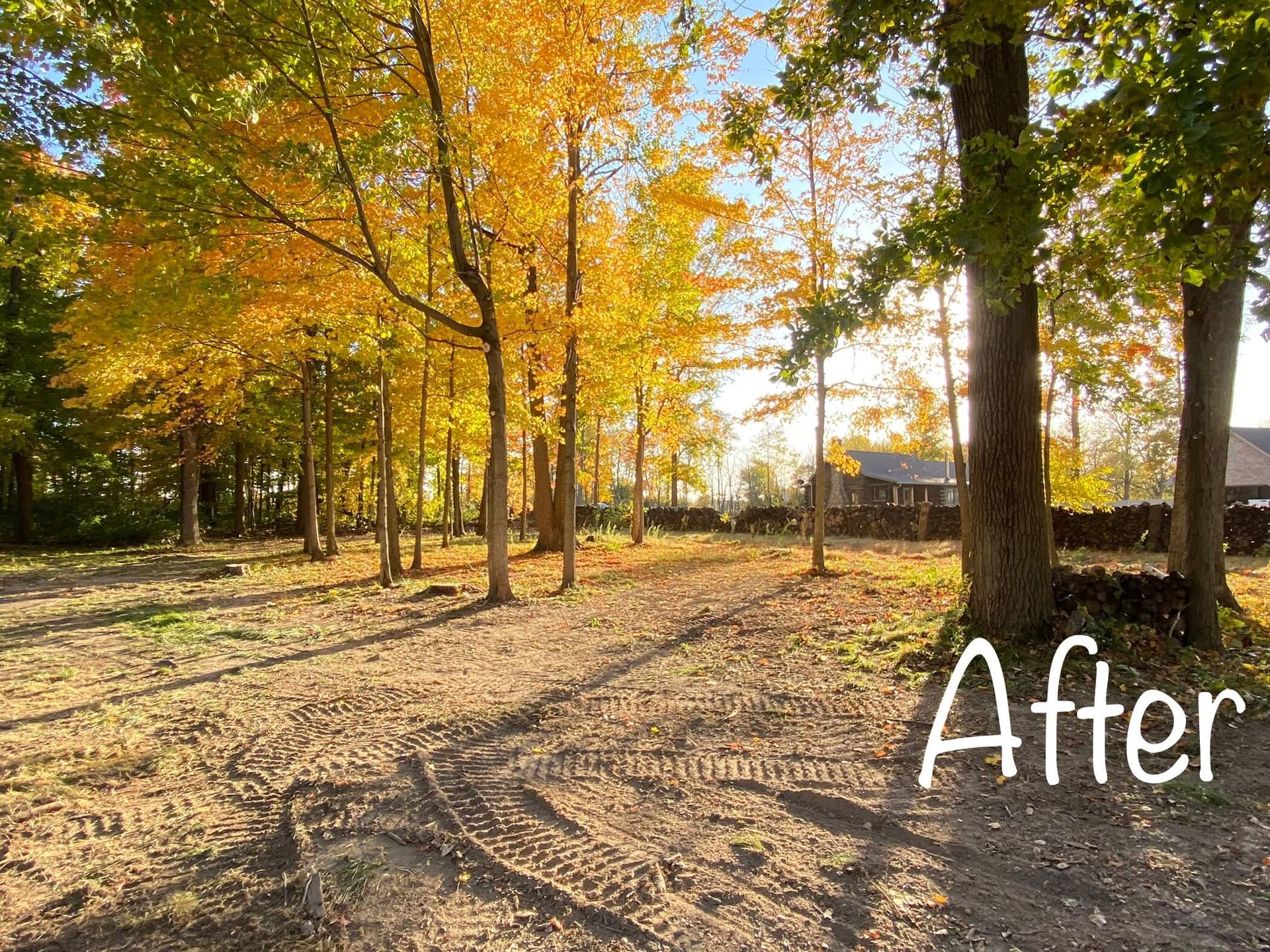
With lines anchored, the climber ascends using spikes or an aerial lift. He attaches a bull rope above each large branch. Ground staff keep light tension so the cut limb swings clear of the roof.
Sequence of cuts:
Top-down – The climber removes small branches first to reduce weight.
Sectional trunk cuts – Each trunk segment is tied, sliced, and lowered like an elevator car.
Ground processing – Workers chip brush on-site and stack firewood-length rounds.
Using this controlled sectional method, even a large tree next to a home comes down without hitting siding, gutters, or windows. The process averages four to six hours, depending on tree size and weather.
Managing Hazards: Power Lines, Insurance, and Safety Checks
Branches touching energized lines require insulated tools and coordination with the utility. The crew maintains a ten-foot buffer around conductors and de-energizes the line if possible.
Insurance tips:
Call your insurance provider while the crew is en route.
Take photos of the fallen tree and any property damage.
Save the invoice from Heartland Tree Services; their staff can submit forms on your behalf.
Safety checklist before the team leaves:
| Item | Pass/Fail |
|---|---|
| All limbs cleared from roofs and gutters | ✓ |
| No debris near power lines | ✓ |
| Walkways swept and raked | ✓ |
| Final root-plate inspection | ✓ |
This can help to stop hidden hazards that might cause costly repairs later.
Final Steps: Cleanup, Stump Removal, Preventing Future Problems
After the tree is gone, you still face an exposed stump and compacted soil. Leaving a stump invites pests and creates a tripping hazard. The crew grinds it 6–8 inches below grade. They backfill the hole with chips mixed with topsoil, then rake grass seed over the area.
Preventive measures:
- Schedule tree services or routine tree trimming every three years for tree maintenance to maintain tree health.
- Install cabling on weak forks see cabling services.
- Mulch around roots to reduce soil erosion and root system
Regardless of the initial removal method, final steps are crucial for ensuring complete eradication and preventing regrowth or other issues. These steps include thorough cleanup of tree debris, addressing any remaining root fragments, and implementing measures to deter future growth.
For instance, after grinding, the remaining wood chips and soil should be leveled, and the area can be prepared for new landscaping or planting. If chemical methods are used, it's important to follow product instructions carefully to ensure effectiveness and minimize environmental impact. By finishing strong, you protect property value and avoid repeat emergencies.
Why Professional Emergency Tree Services is Essential
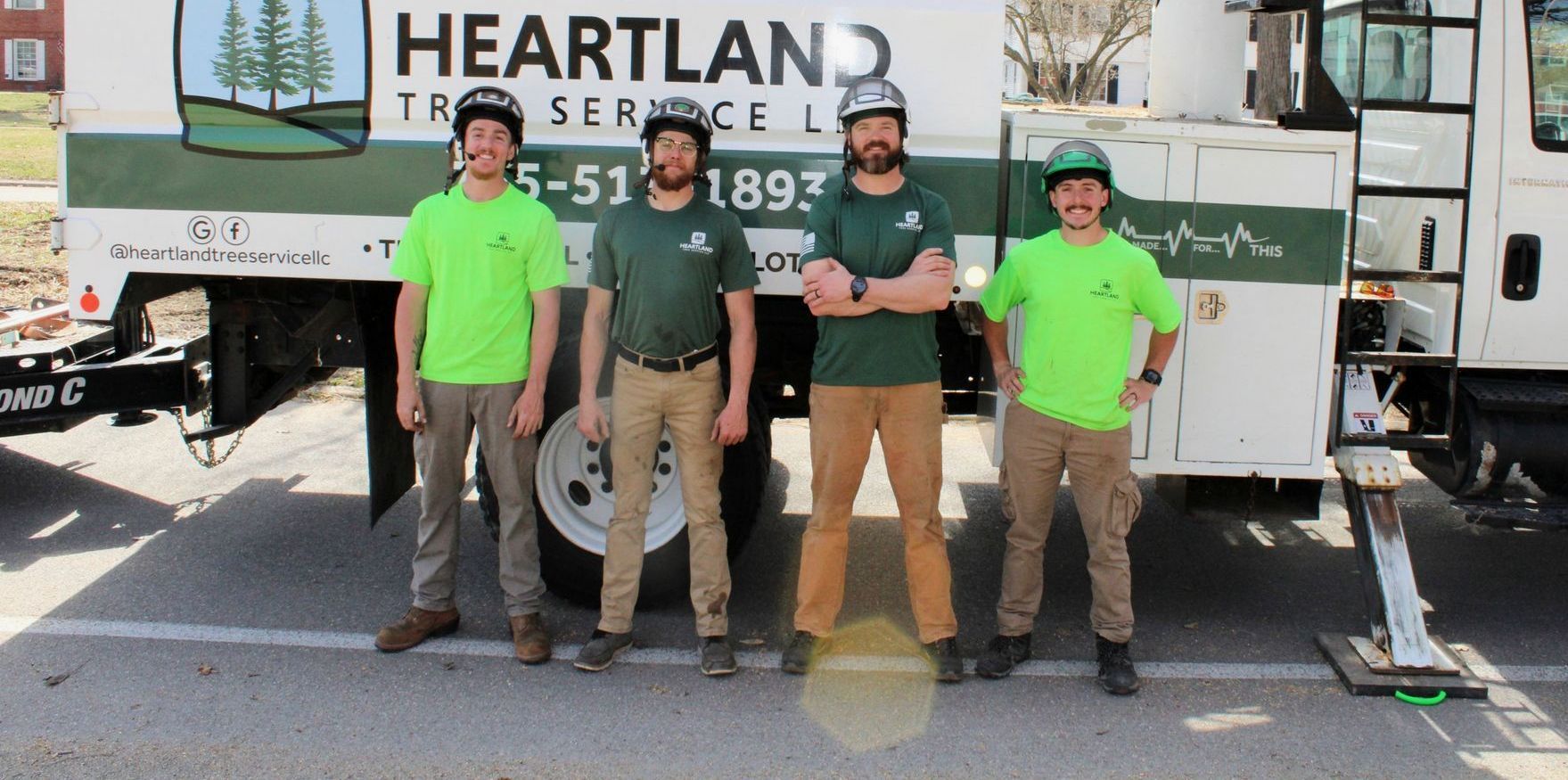
While DIY tree removal might seem like a cost-saving option, it is extremely dangerous and not recommended for anything beyond very small saplings.
Professional arborists have the necessary training for emergency tree situations, experience, and specialized equipment to safely remove trees, especially large branches or hazardous ones. They are also typically insured, protecting homeowners from liability in case of accidents or preventing property damage during the removal process. Improper tree removal can lead to severe injury, property damage, and even death.
Professional tree removal services prioritize securing the area to prevent further injury or damage, often involving cordoning off the affected zone and ensuring no one is in harm's way.
Frequently Asked Questions
How long does an emergency tree removal take?
A typical job with one large tree lasts four to six hours, from gear setup to final rake-out. Small tree branches take a few hours only. Severe storm damage or multiple trees can extend work into the next day.
Is emergency tree removal covered by insurance?
Home policies often pay when a tree falls because of wind, lightning, or weight of ice and damages a covered structure. Always call your carrier before work starts to confirm coverage.
Do I need a permit for immediate removal?
Most Indiana cities waive permits when a tree poses an immediate safety risk, but historic districts or protected species may still require notification. Check local rules or ask Heartland’s office staff for guidance.
What happens if a tree hits power lines?
First, call a professional immediately for immediate action. The removal team contacts the utility first. Crews use insulated poles and wait for the line to be de-energized when possible, then remove branches in small sections to avoid sparks or outages.
How can I stop soil erosion after a large tree is gone?
Spread a three-inch mulch layer, plant fast-germinating grass, and water lightly for two weeks. For slopes, install a straw erosion blanket until roots take hold.
Need help now? Reach out to Heartland Tree Services for 24-hour emergency tree removal services across Kokomo, Logansport, and nearby towns.
